Continuously Variable Transmissions (CVTs) have become increasingly popular in modern sedans, promising smoother acceleration, improved fuel economy, and a more comfortable driving experience.
However, not all CVTs are created equal. While some manufacturers have refined their technology to deliver exceptional reliability, others continue to struggle with persistent issues that leave owners facing costly repairs.
For budget-conscious drivers, knowing which models offer dependable transmissions can save thousands in unexpected maintenance costs over a vehicle’s lifetime.
This comprehensive guide examines five sedan models with impressively resilient CVTs that have proven their longevity through real-world testing and owner experiences, as well as five models with notoriously problematic transmissions that potential buyers should approach with caution.
Whether you’re shopping for a new commuter car or a pre-owned family sedan, understanding these critical differences in CVT reliability can help you make an informed decision that aligns with your long-term ownership expectations and financial planning.
5 Sedans With the Most Resilient CVTs
These exceptional vehicles feature continuously variable transmissions engineered with durability as the primary design goal, rather than treating reliability as an afterthought.
Their reinforced belt systems, oversized cooling capacity, and intelligent torque management prevent the catastrophic failures that have plagued many early CVT implementations.
From conservative programming that restricts torque in high-stress situations to premium materials that resist wear, every aspect of these transmissions is optimized for longevity.
Owners regularly report surpassing 150,000 miles on original CVT units without issues an impressive achievement that defies the negative reputation these transmissions have earned elsewhere.
1. Honda Accord (2018-Present)
The Honda Accord’s reputation for reliability extends confidently to its latest CVT implementation, marking a significant evolution from Honda’s earlier transmission designs.
Engineers at Honda devoted considerable resources to refining their CVT technology after learning valuable lessons from previous generations, resulting in a transmission that consistently outperforms competitors in longevity metrics.
The Accord’s current CVT utilizes a more robust steel push belt and enhanced cooling systems that effectively manage transmission fluid temperatures even under stressful driving conditions.
What truly distinguishes the Accord’s transmission is its adaptive learning capabilities, which continuously adjust shift patterns to match individual driving styles while minimizing wear on critical components.
The transmission control unit monitors numerous parameters, including temperature, load, and driving conditions to optimize performance without sacrificing durability.

Honda’s decision to implement an auxiliary transmission fluid cooler as standard equipment further demonstrates their commitment to longevity.
Owner reports across major reliability surveys consistently rank the Accord’s CVT among the most trouble-free in the industry, with many vehicles surpassing 150,000 miles without requiring major transmission service beyond scheduled fluid changes.
The transmission’s computer-controlled torque converter lockup strategies have proven particularly effective at preventing the belt slippage issues that plague many competing CVT designs.
Service technicians frequently note the remarkable condition of internal components when inspecting high-mileage Accord transmissions, with minimal wear patterns on the pulleys and drive belt.
Honda’s cautious approach to power delivery, which prevents the transmission from handling more torque than it was designed for, has paid dividends in real-world reliability.
Additionally, the transmission’s programming includes fail-safe modes that prevent catastrophic damage if early warning signs appear.
For drivers seeking peace of mind regarding transmission reliability in a mid-size sedan, the Accord’s thoroughly engineered CVT represents one of the safest choices on the market, with warranty claim rates for transmission issues ranking among the lowest in its segment according to multiple independent reliability studies.
2. Toyota Corolla (2014-Present)
Toyota’s meticulous approach to engineering and cautious implementation of new technologies has resulted in a CVT in the Corolla that exemplifies reliability in the compact sedan segment.
Unlike manufacturers who rushed CVT technology to market, Toyota spent years refining their Direct Shift CVT before widespread implementation, conducting extensive testing under extreme conditions ranging from desert heat to arctic cold. This patient development approach has yielded impressive results in real-world reliability.
The Corolla’s CVT incorporates several innovative design elements that enhance durability, including a physical first gear that handles the most stressful part of acceleration before transitioning to the belt-driven system.
This hybrid approach significantly reduces wear on the pulleys and belt during high-torque situations like initial acceleration from a complete stop. Toyota’s transmission also features oversized bearings and reinforced mounting points that minimize vibration damage over time.
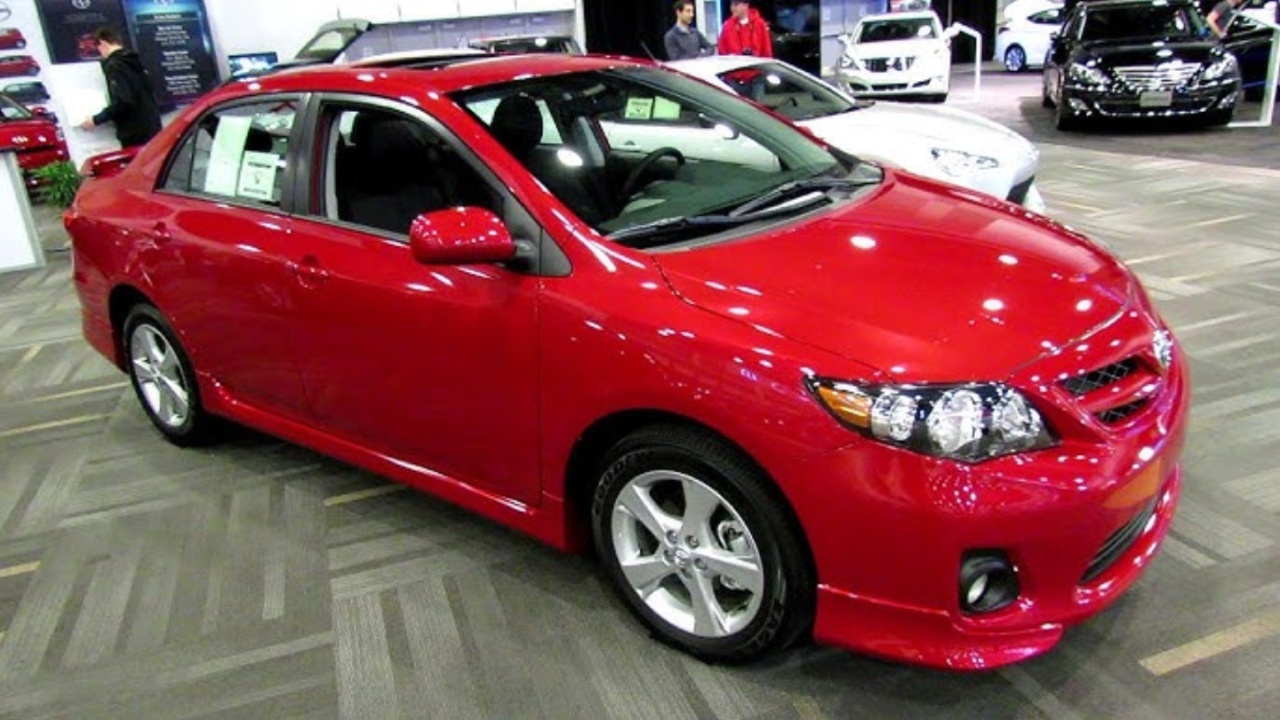
Fluid degradation represents a primary failure point for many CVTs, but Toyota addressed this vulnerability by implementing a sophisticated thermal management system that maintains optimal fluid temperature ranges.
The transmission’s integrated fluid filter system captures microscopic metal particles before they can cause accelerated wear, extending the service life substantially. Toyota recommends fluid changes at 60,000-mile intervals, though many owners report trouble-free operation even when extending beyond this maintenance schedule.
Statistical reliability reports consistently show remarkably low failure rates for the Corolla’s transmission, with many vehicles accumulating over 200,000 miles on the original unit with only basic maintenance.
Toyota’s comprehensive powertrain warranty provides additional assurance, though relatively few owners ever need to make transmission-related claims. Independent repair shops report minimal Corolla CVT repair business compared to other manufacturers’ models of similar age and mileage.
The transmission’s software calibration deserves particular credit for its role in ensuring longevity, as Toyota programmed conservative shift patterns that prioritize mechanical sympathy over aggressive performance.
This approach sometimes results in a less exciting driving experience than sportier competitors, but the tradeoff in durability has proven well worth this modest compromise for value-conscious buyers seeking long-term reliability.
3. Subaru Impreza (2019-Present)
Subaru’s latest generation of Lineartronic CVTs in the Impreza represents a remarkable engineering success story following earlier reliability struggles.
The company’s commitment to addressing previous shortcomings resulted in a comprehensive redesign that now stands among the industry’s most dependable transmission options.
The current iteration features strengthened internal components, including a higher-grade steel push belt and redesigned variable pulleys that maintain proper tension even after extensive mileage.
What sets the Impreza’s CVT apart is its unique adaptation for Subaru’s all-wheel-drive system, a challenge that has troubled other manufacturers attempting to pair CVTs with AWD.
Engineers developed specialized torque management algorithms that prevent the sudden power transfers that typically accelerate CVT wear in all-wheel-drive applications.
This sophisticated programming monitors wheel slip across all four corners and modulates power delivery accordingly, protecting the transmission from damaging stress spikes.
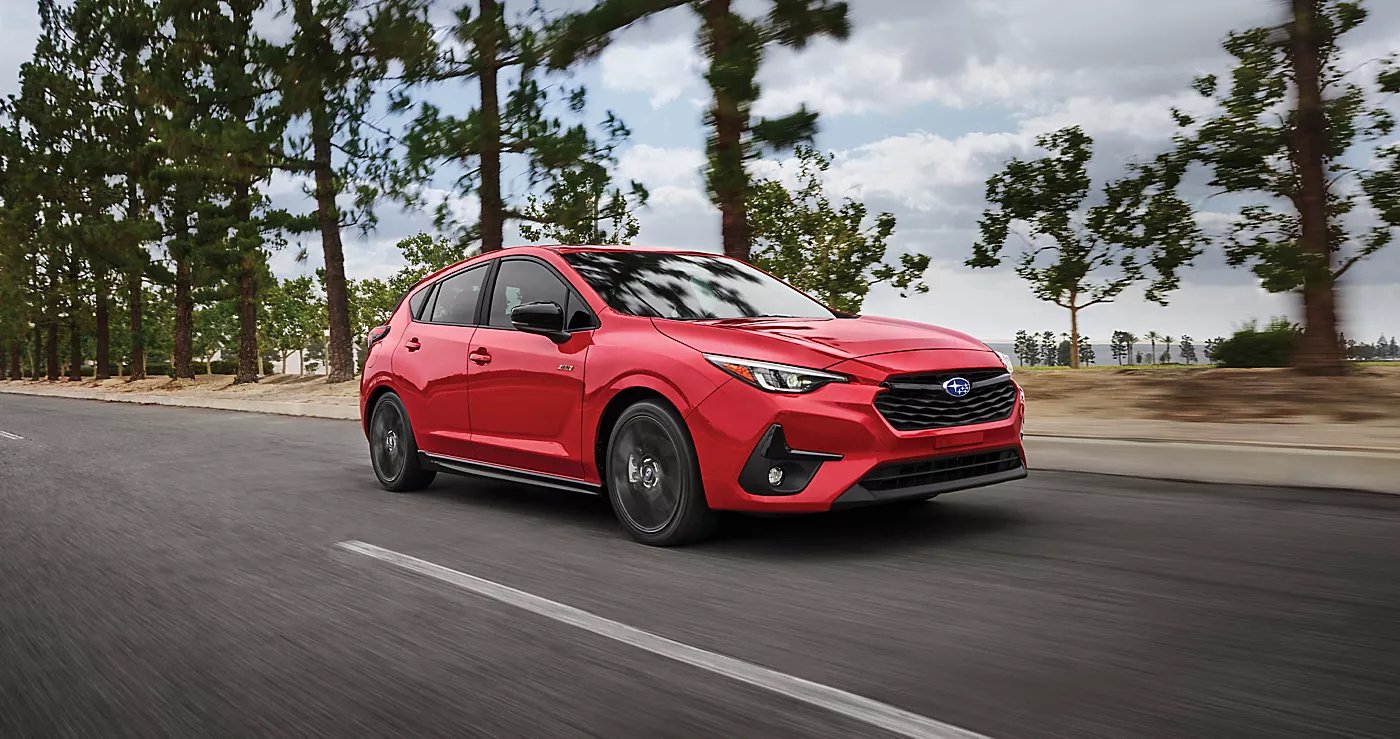
The Impreza’s CVT cooling system deserves particular attention, as it incorporates an external fluid cooler with temperature-controlled flow rates that maintain ideal operating temperatures regardless of driving conditions.
This advanced thermal management prevents the fluid breakdown that frequently leads to premature failure in lesser designs. Subaru also implemented a more robust filtration system that extends fluid service life while protecting sensitive valve bodies from contamination.
Long-term reliability data shows impressive improvements in the Impreza’s transmission durability metrics compared to previous generations, with warranty claim rates declining dramatically since the 2019 redesign.
Owner surveys reflect high satisfaction with transmission performance even beyond 100,000 miles, with smooth operation maintained throughout the vehicle’s service life. Subaru’s confidence in their improved design is evident in their extended powertrain warranty coverage for the transmission components.
Maintenance accessibility also contributes to the Impreza’s CVT longevity, as Subaru designed the system for straightforward fluid service with clearly marked fill and drain points.
This practical approach encourages owners to maintain proper service intervals, further extending transmission life. While some competing models require specialized equipment for fluid exchanges, the Impreza’s design allows qualified independent shops to perform this critical maintenance correctly.
4. Mazda3 (2020-Present)
While technically not utilizing a traditional belt-driven CVT, Mazda’s innovative SkyActiv-Drive automatic transmission in the Mazda3 deserves inclusion for achieving the primary benefits of CVT technology while delivering exceptional reliability.
This sophisticated transmission combines elements of traditional automatics, dual-clutch systems, and CVTs to create a uniquely durable solution that avoids the typical failure points of conventional CVTs while providing similarly smooth operation and efficiency.
The SkyActiv-Drive transmission uses a torque converter for initial acceleration but quickly locks it for direct mechanical connection, eliminating the slippage and heat generation that frequently lead to CVT belt failure.
Mazda’s engineers developed specialized low-viscosity transmission fluid that reduces internal friction while improving heat dissipation, addressing another common CVT vulnerability. The transmission’s aluminum casing features integrated cooling channels that maintain optimal operating temperatures under varied driving conditions.
Long-term durability testing under extreme conditions demonstrated remarkable resilience in the Mazda3’s transmission, with test vehicles accumulating hundreds of thousands of miles without significant degradation in performance or efficiency.
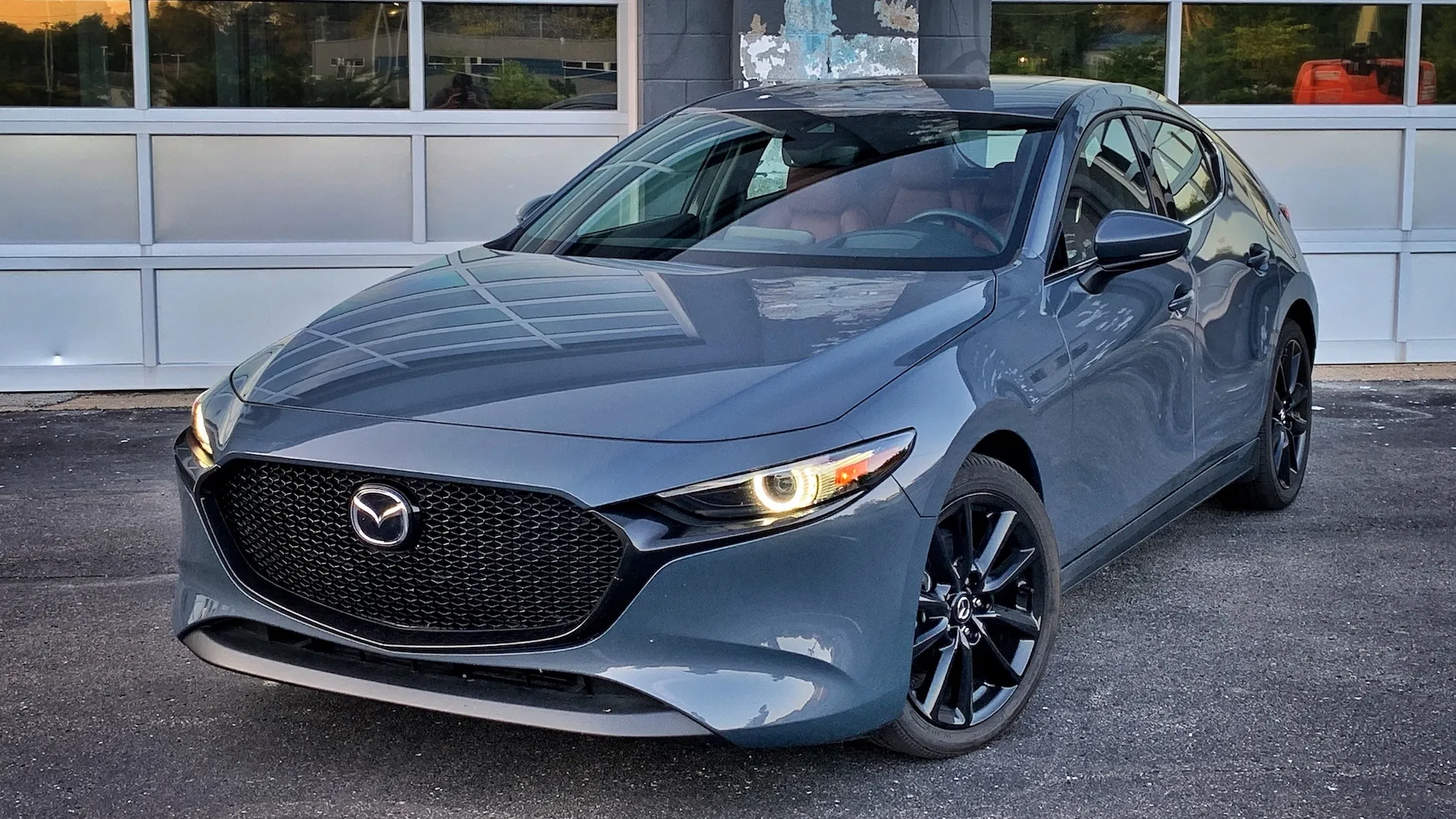
The transmission’s mechanical simplicity compared to conventional CVTs contributes significantly to its reliability, as it contains fewer potential failure points while achieving similar functional benefits to the driver.
Owner satisfaction scores regarding transmission performance consistently place the Mazda3 among class leaders, with particularly high ratings for smoothness and responsiveness throughout the vehicle’s service life.
Professional mechanics report minimal repair frequency compared to conventional CVT-equipped competitors, with most service limited to routine fluid maintenance rather than component replacement or rebuilds.
Mazda’s conservative approach to horsepower ratings further contributes to transmission longevity, as the company deliberately avoids pushing the system beyond its optimal operating parameters.
While some competitors extract maximum performance from similar-sized engines, Mazda prioritizes sustainable power delivery that doesn’t compromise long-term reliability.
This philosophy has resulted in one of the most dependable transmissions available in the compact sedan segment, offering peace of mind for buyers planning extended ownership.
Also Read: 5 Cars With Digital Dashboards That Age Well and 5 That Glitch Out
5. Nissan Altima (2022-Present)
Nissan’s journey with CVT technology represents one of the most dramatic reliability transformations in automotive history.
After years of struggling with transmission issues that damaged consumer confidence, Nissan completely redesigned their CVT system for the latest Altima, finally addressing the fundamental weaknesses that plagued earlier generations.
The current model utilizes a completely new transmission design that bears little resemblance to its troubled predecessors. The breakthrough came from Nissan’s complete reevaluation of their CVT’s thermal management system, implementing dual cooling circuits that maintain stable fluid temperatures under varied driving conditions.
The revised system includes a high-capacity external transmission fluid cooler as standard equipment, preventing the overheating that frequently led to premature failure in previous designs. Engineers also upgraded to a more heat-resistant transmission fluid formulation with improved lubrication properties.
Structural reinforcements throughout the transmission case improved rigidity and eliminated flexing that previously caused misalignment of internal components under load.
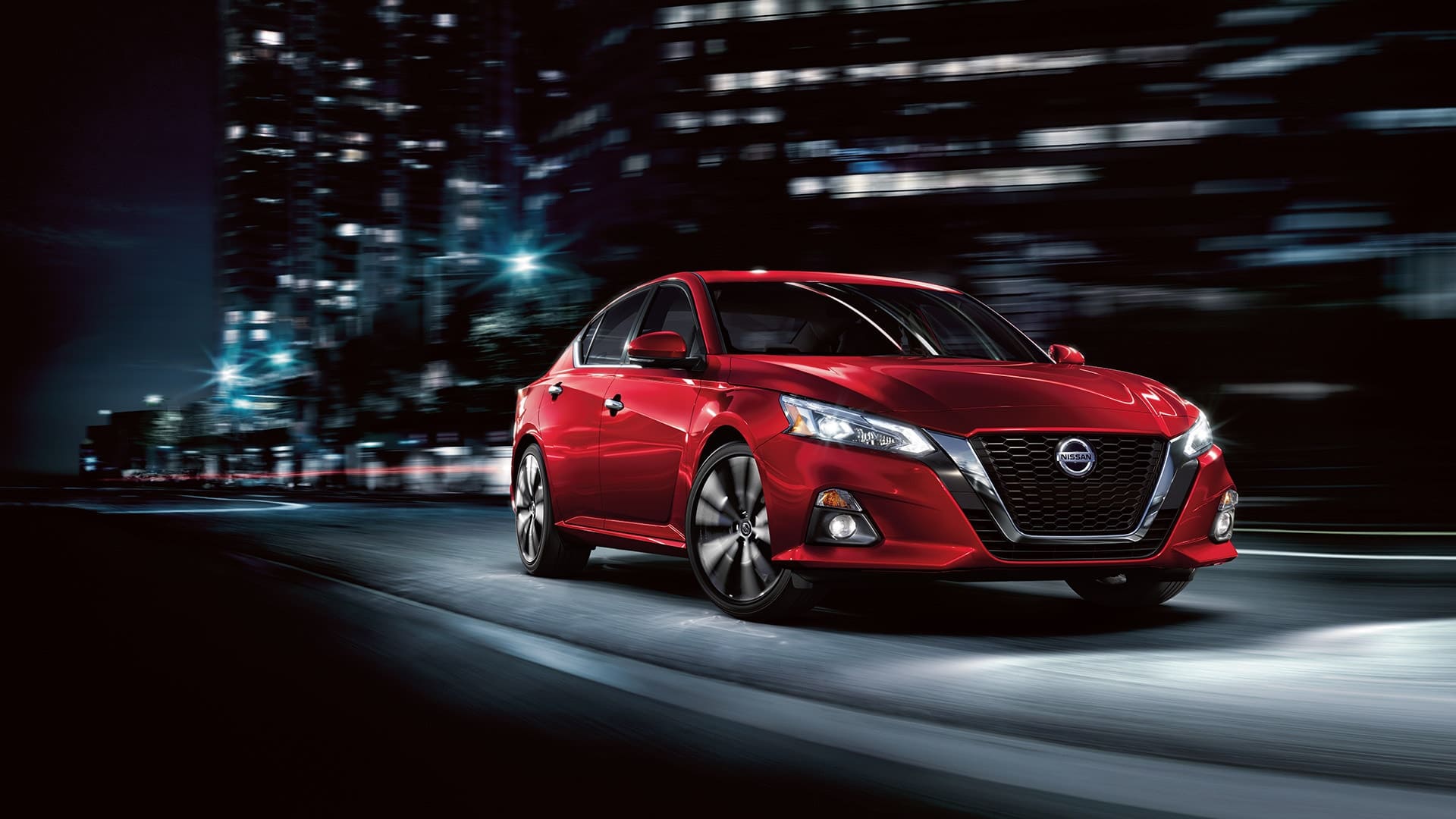
The drive belt material was upgraded to a more durable compound that resists the micro-fractures that plagued earlier versions. Nissan also revised the programming parameters to reduce strain during acceleration phases when CVTs typically experience their highest stress levels.
Real-world reliability data shows dramatic improvement in the Altima’s transmission performance metrics since these comprehensive changes, with warranty claim rates dropping to competitive levels after years of leading the industry in CVT failures.
Independent transmission specialists report significantly fewer repair cases for current generation Altimas compared to the problematic 2013-2018 models that established Nissan’s negative reputation for CVT reliability.
Nissan’s confidence in their revamped design is evident in their decision to extend transmission warranty coverage, demonstrating financial commitment to the improvements.
While skepticism based on historical problems is understandable, comprehensive engineering changes have genuinely transformed the Altima’s transmission reliability profile.
For buyers willing to consider the latest generation, the Altima now offers CVT durability comparable to industry leaders while maintaining the smooth operation and efficiency that make CVTs appealing.
5 Sedans With Failure-Prone Transmissions
These problematic vehicles feature notoriously unreliable transmissions that develop shuddering, slipping, and harsh shifting well before reaching 100,000 miles, often failing shortly after warranty expiration.
Their undersized cooling systems, fragile internal components, and questionable engineering decisions create a perfect storm of vulnerability that manifests as increasingly erratic behavior followed by complete failure.
Owners quickly become familiar with the distinctive warning signs: delayed engagement, unusual noises, and fluid leaks, often leading to transmission replacement costs that exceed the vehicle’s remaining value.
What should be a lifetime component instead becomes an expensive ticking time bomb, with repair forums filled with stories of multiple replacements and dealer service departments that recognize the cars on sight.
1. Nissan Sentra (2013-2019)
The 2013-2019 Nissan Sentra represents one of the most problematic CVT implementations in automotive history, with failure rates that dramatically exceeded industry averages and created significant financial burdens for owners.
Nissan’s aggressive early adoption of CVT technology before adequately resolving fundamental engineering challenges resulted in a transmission plagued by chronic reliability issues that often manifested well before the 100,000-mile mark, leaving many owners facing repairs costing $3,000-$5,000.
At the heart of the Sentra’s transmission problems lies an inadequate cooling system that struggles to maintain appropriate fluid temperatures during normal operation.
This design deficiency causes accelerated fluid breakdown, which leads to metal-on-metal contact between critical components as lubrication properties degrade.
The resulting friction damage to the steel belt and pulleys creates the characteristic shuddering and performance loss that owners frequently report. Despite Nissan’s multiple software updates intended to address these issues, the fundamental hardware limitations remained unresolved.
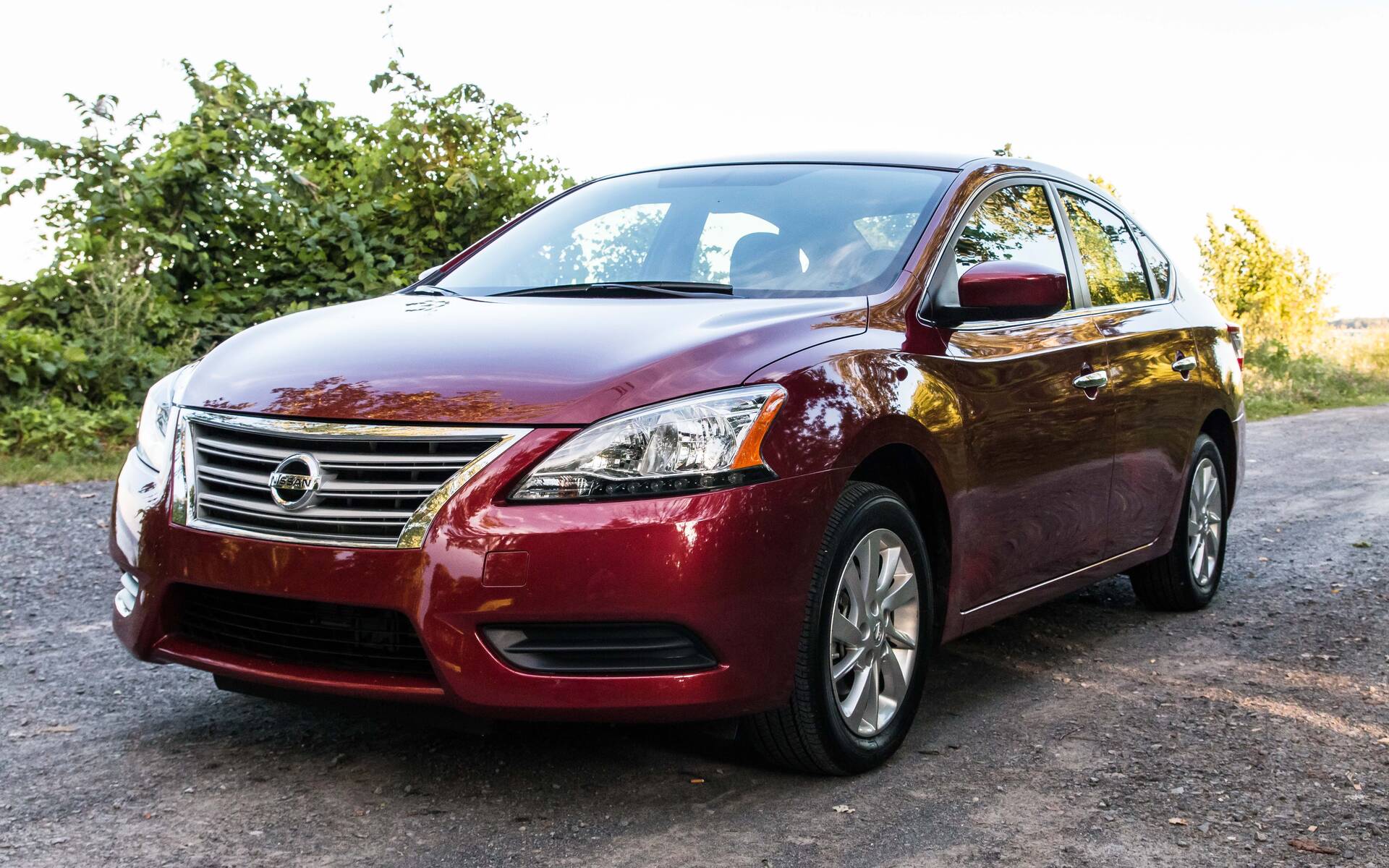
The transmission’s internal components, particularly the valve bodies and solenoids, demonstrate premature wear patterns even in vehicles with meticulous maintenance histories.
These components control the precise hydraulic pressures needed for proper CVT operation, and their failure manifests as erratic shifting behavior, rpm surging, and eventually complete transmission failure.
Diagnostic data from repair facilities indicates that internal component deterioration begins much earlier than owners realize, with performance degradation often preceding catastrophic failure by 10,000-20,000 miles.
Consumer advocacy groups documented thousands of owner complaints regarding the Sentra’s transmission, with failure patterns showing remarkable consistency across production years and geographic regions.
Analysis of repair frequency data shows the Sentra required transmission replacement at approximately three times the rate of segment competitors. This pattern became so pronounced that several class-action lawsuits were filed, eventually leading to warranty extensions that still failed to cover many affected owners.
Perhaps most concerning is the recurrence of identical problems in replacement transmissions, indicating that even Nissan’s newer replacement units incorporated the same fundamental design flaws.
Many owners report multiple transmission replacements within their vehicle’s lifetime, creating a perpetual cycle of repair and disappointment. For used car shoppers, the 2013-2019 Sentra represents one of the highest-risk CVT purchases possible, with transmission failure being not just possible but statistically probable within typical ownership periods.
2. Jeep Compass (2014-2020)
The Jeep Compass equipped with Fiat Chrysler’s CVT transmission emerged as one of the industry’s least reliable powertrain combinations, creating significant financial and safety concerns for owners.
This problematic transmission, manufactured by JATCO (the same supplier used by Nissan), incorporated additional design compromises to accommodate the Compass’s off-road pretensions, resulting in a system that proved fundamentally unsuited to its application.
Engineers attempted to adapt a transmission designed primarily for light-duty applications to handle the more demanding requirements of the Compass’s pseudo-SUV design.
This mismatch created excessive strain on internal components, particularly when dealing with the vehicle’s higher weight and occasional off-road use.
The transmission’s cooling provisions proved woefully inadequate for maintaining appropriate operating temperatures, leading to accelerated wear even under normal driving conditions.
The Compass’s CVT demonstrates particularly troubling failure patterns at relatively low mileage, with many owners reporting complete transmission failure before reaching 70,000 miles.

Warning signs typically begin with a distinctive whining noise during acceleration, followed by hesitation, shuddering, and eventually complete loss of forward motion as the belt system deteriorates.
Repair data indicates internal damage often spreads throughout the transmission once initial wear begins, necessitating complete replacement rather than component repair.
Particularly concerning is the transmission’s tendency to fail without warning during critical driving maneuvers such as highway merging or intersection crossing, creating potential safety hazards beyond the financial burden.
Diagnostic records from dealership service departments reveal that warning lights or error codes frequently don’t appear until significant internal damage has already occurred, leaving drivers without advance notice of impending failure.
The financial impact on owners proves especially severe due to the high replacement cost relative to the vehicle’s market value. Many Compass owners found themselves facing transmission replacement bills approaching $4,000-$5,000 on vehicles worth only $8,000-$12,000 on the used market.
This unfavorable economics of repair meant many examples were simply abandoned or sold at significant loss once transmission issues emerged, creating a secondary market full of potentially problematic vehicles for unwary buyers.
3. Mitsubishi Lancer (2012-2017)
The Mitsubishi Lancer’s JATCO-sourced CVT transmission earned a troubling reputation among owners and mechanics alike, consistently demonstrating reliability metrics substantially below industry averages.
Despite multiple production updates and technical service bulletins throughout its production run, the Lancer’s transmission continued to exhibit systematic failures that undermined an otherwise competent compact sedan.
The transmission’s vulnerability became so widely recognized that it significantly impacted resale values across the entire model line. Internal examination of failed units reveals consistent weaknesses in the transmission’s pressure control system, with valve bodies exhibiting premature wear that leads to erratic hydraulic pressure.
This irregular pressure causes improper belt tensioning, which accelerates wear on both the steel belt and variable pulleys. As these components deteriorate, metal particles contaminate the transmission fluid, creating a cascading failure effect as contaminated fluid damages additional components throughout the system.
The Lancer’s CVT displays distinct warning signs as problems develop, beginning with delayed engagement when shifting from park to drive, followed by unusual vibrations during steady-speed cruising.
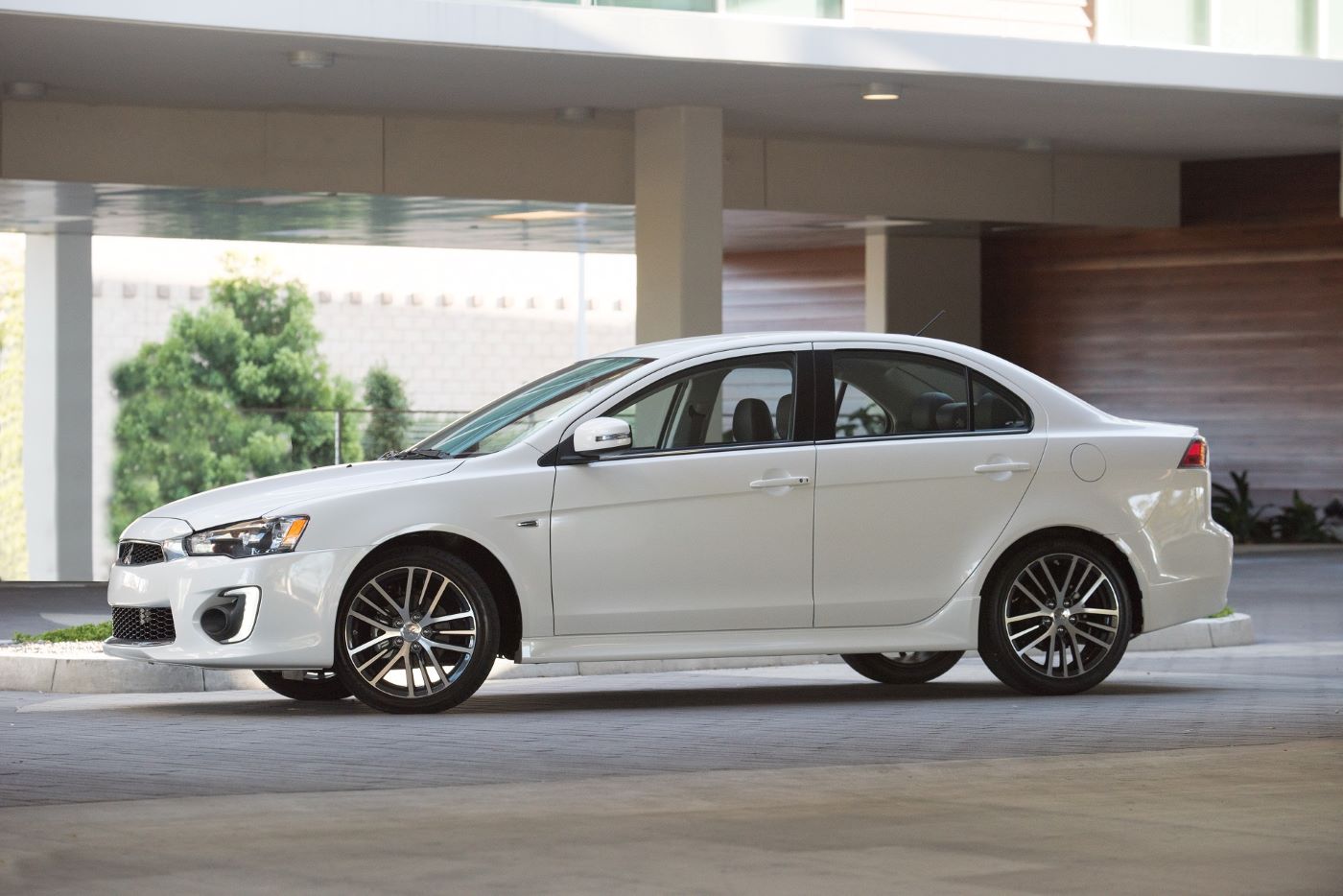
As deterioration progresses, owners typically report dramatic rpm fluctuations without corresponding changes in vehicle speed a classic symptom of belt slippage.
The final failure stage often involves complete loss of forward motion as the transmission can no longer effectively transfer power from the engine to the wheels.
Particularly problematic was Mitsubishi’s stubborn adherence to extended transmission fluid service intervals despite mounting evidence that more frequent fluid changes could potentially extend transmission life.
Service records show that even Lancers with documented maintenance history experienced failure rates far exceeding comparable models from other manufacturers.
Independent transmission specialists frequently note that internal components show signs of heat damage and fluid degradation well before manufacturer-recommended service intervals.
The Lancer’s CVT troubles contributed significantly to Mitsubishi’s declining market position in North America, with customer satisfaction surveys highlighting transmission durability as a primary concern among owners.
The combination of high repair costs and diminished resale value created a particularly unfavorable ownership proposition, especially considering the Lancer competed in a segment where long-term reliability typically represents a key purchase consideration for value-conscious buyers.
4. Chevrolet Malibu (2013-2018)
General Motors’ foray into CVT technology with the Chevrolet Malibu resulted in one of the company’s most problematic transmissions in recent history, plaguing an otherwise competitive midsize sedan with reliability concerns that damaged the model’s reputation among consumers.
Unlike some manufacturers who partnered with established CVT suppliers, GM developed its own proprietary system, which suffered from numerous design shortcomings that became evident as vehicles accumulated mileage.
The Malibu’s CVT exhibits distinctive failure patterns centered around its complex electronic control system, which frequently misinterprets sensor inputs and applies inappropriate pressure to the variable pulleys.
This electronic management system proves particularly vulnerable to electrical interference and ground issues common in aging vehicles, creating erratic transmission behavior even when mechanical components remain serviceable.
Diagnostic data shows transmission control module failures occurring at rates significantly higher than industry averages. A fundamental design weakness in the pulley pressure management system results in improper belt tensioning under varied driving conditions.
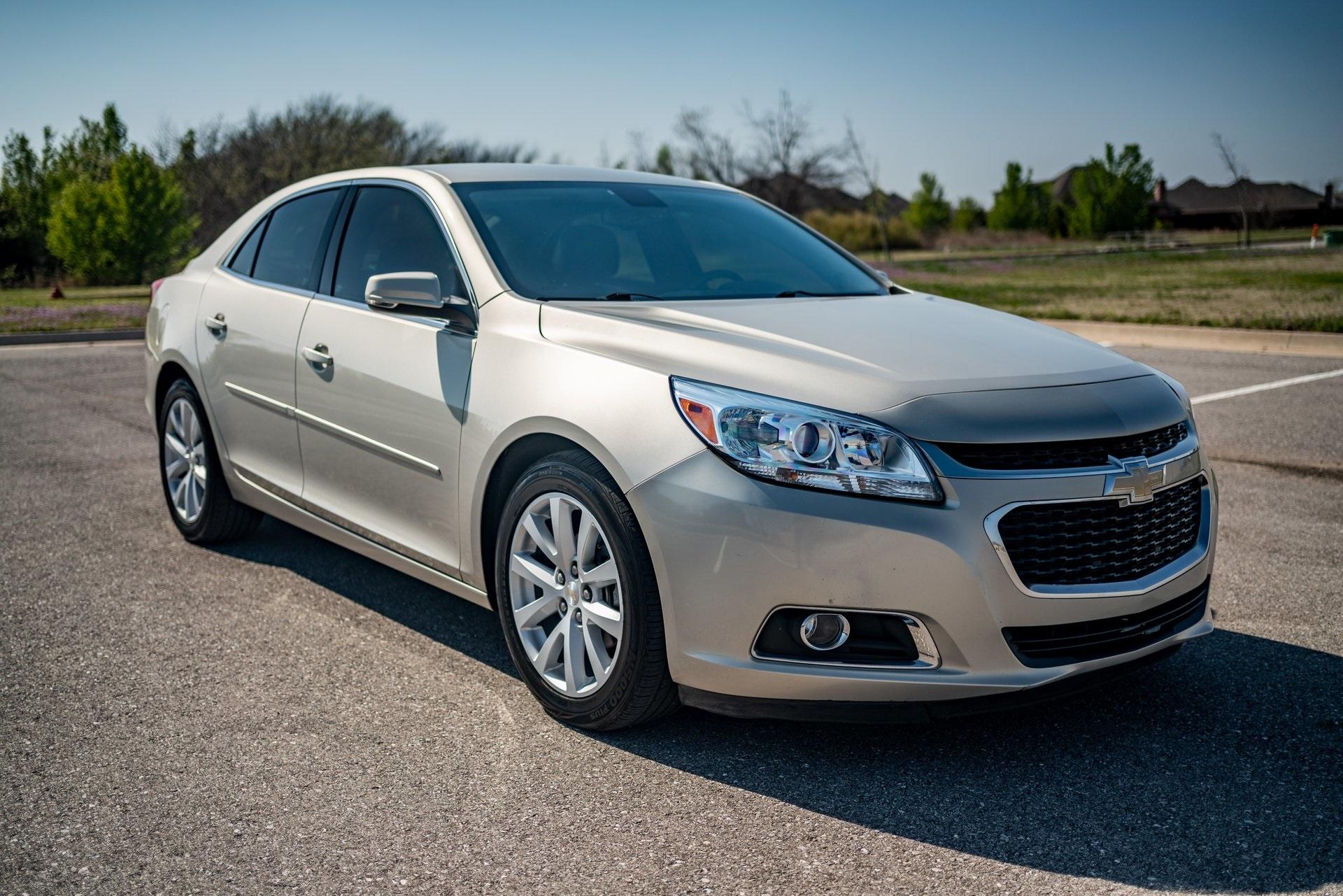
Owner reports consistently describe a characteristic “slipping” sensation during moderate acceleration, particularly when the transmission is operating at temperatures above normal operating range.
This slippage accelerates wear on both the drive belt and pulley surfaces, creating a constantly deteriorating performance profile as mileage accumulates.
Service bulletins issued throughout the production run reveal GM’s awareness of these issues, with multiple reprogramming efforts attempting to compensate for mechanical shortcomings through software adjustments.
These updates provided temporary improvements but failed to address the underlying engineering deficiencies. Technical analysis of failed units shows that the transmission’s internal tolerances were insufficiently precise for the complex interactions required for reliable CVT operation.
The Malibu’s transmission problems created particular frustration for owners due to their intermittent nature, with performance temporarily improving after dealer interventions only to deteriorate again after several thousand miles.
This pattern left many owners in a perpetual cycle of diagnosis and repair without achieving a permanent solution. GM eventually abandoned this transmission design entirely, returning to conventional automatics in later models a tacit acknowledgment of the fundamental flaws in their CVT implementation.
5. Ford Focus (2012-2018)
While technically utilizing a dual-clutch automated manual rather than a true CVT, the Ford Focus earns its place on this list due to transmission problems so pervasive they resulted in multiple class-action lawsuits and permanently damaged consumer confidence in the model.
Ford’s PowerShift transmission was designed to deliver CVT-like efficiency and smoothness while maintaining the durability advantages of manual transmissions, but instead created one of the most problematic drivetrains of the modern automotive era.
The Focus’s transmission suffers from fundamental design flaws in its dual-clutch system, particularly in the dry-clutch implementation that Ford selected to maximize fuel efficiency.
Without the cooling and lubrication benefits of a wet-clutch design, the system’s friction materials deteriorate rapidly under normal driving conditions, especially in stop-and-go traffic.
As these materials wear, clutch engagement becomes increasingly erratic, creating the characteristic shuddering, hesitation, and lurching that owners universally report.
Equally problematic is the transmission’s electronic control system, which struggles to predict appropriate shift timing in varied driving conditions.
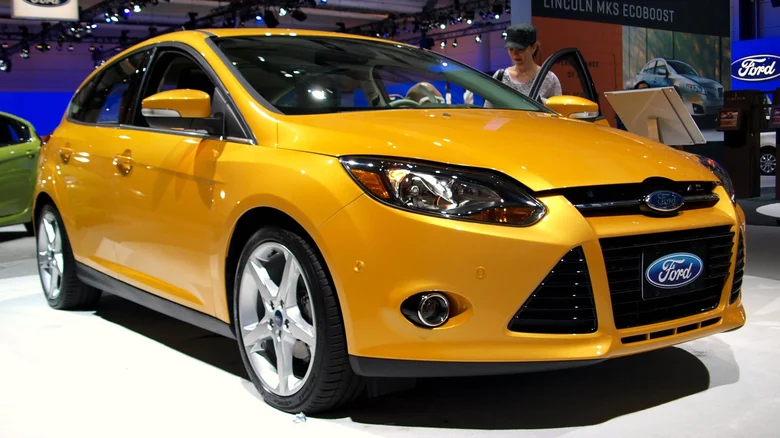
The resulting hesitation during acceleration creates not only comfort issues but potential safety concerns, particularly when entering busy intersections or highway on-ramps.
Diagnostic records show that transmission control modules frequently misinterpret clutch position sensors, leading to inappropriate engagement timing that further accelerates mechanical wear.
Ford’s attempts to address these issues through numerous software updates provided minimal improvement, as the fundamental mechanical design remained unchanged.
Technical analysis of failed units shows that the transmission’s basic architecture was simply unsuited to the demands of everyday driving in American traffic conditions, particularly in warmer climates where heat buildup further compromised already marginal components.
The financial and emotional impact on owners proved particularly severe, with many reporting multiple repair attempts without achieving satisfactory performance.
Resale values plummeted as the transmission’s reputation spread through consumer networks, leaving many owners effectively trapped with problematic vehicles they could neither sell without significant financial loss nor repair permanently.
The Focus transmission saga represents a cautionary tale in automotive engineering, demonstrating how a fundamentally flawed design can undermine an otherwise competitive vehicle.
Also Read: 5 Cars With Fast Touchscreens and 5 That Lag Like Old Phones

